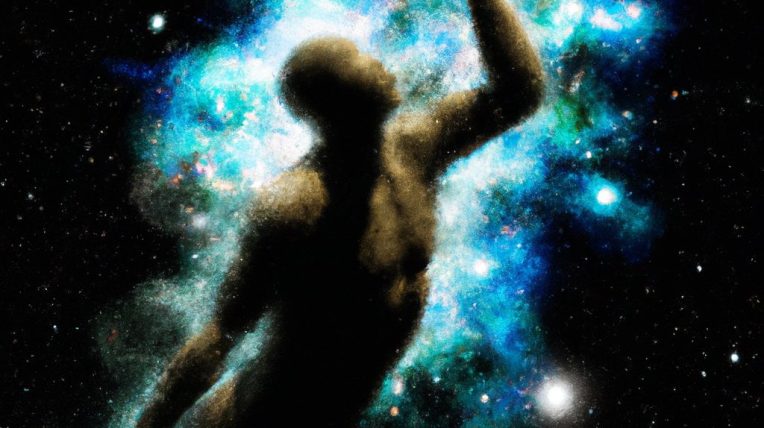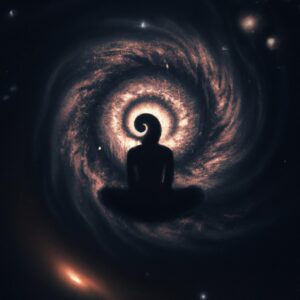AI Transforms Phrases into Images
There was a time when an AI-based text-to-image art generation tool was allocated a task: crafting an image of a humanoid robot engrossed in the Wall Street Journal on a vibrant yellow bench. The concept, although engaging, serves as a reminder that out of innumerable robot images available, just one might be real. A major portion of these robotic figures came into existence through artificial intelligence employing text to image generators, particularly tools like CLIP from OpenAI. Anyone seeking to create such an image simply needs to input a phrase and an image is formed in response.
Key points:
- AI tools possess the capability to generate images from text.
- A majority of robot images are fabricated by AI, rather than being real.
Real Vs. AI: A Comparative Analysis
A challenge was devised to test the limits of AI photo generation by assessing if it could vie with human ability. The human participant was an actual photographer, dressed in an intricate and meticulously crafted robot suit that required an hour to don.
Deciphering the Process of AI Image Generation
To comprehend the image generation mechanism, platforms such as Dolly 2 and Dream Studio provide a simple text box for users to insert their phrases. These AI platforms then interpret the supplied text and convert it into unique images.
- AI tools like Dolly 2 and Dream Studio morph text input into visually creative images.
The Learning Aspect of AI
However, for AI, learning does not equate to simply memorizing a few images. It had to sift through billions of labelled images, analogous to the ImageNet challenge. This exercise assisted the AI in differentiating further between diverse shapes and object types as well as in discerning the relationships between distinct objects.
Key point:
- AI acquires knowledge by going through billions of labeled images, identifying varieties of shapes, object types, and the connections between different objects.
Reflecting on the Artistic Skills of AI
The creation of basic images is merely one aspect of these programs’ capabilities. They are proficient in understanding various art and photography styles, which enables users to experiment with wide-ranging styles, leading to creations such as an office printer repair depicted as a medieval painting or an Andy Warhol style typology painting of a rabbit embellished with sunglasses.
Obstacles in Crafting Realistic Images
Yet, the generation of realistic photographs poses a significant challenge for these systems, often resulting in blurry or misaligned end products.
Potential Misuse of AI Image Generation
It is essential not to disregard the potentially damaging aspects of such tools. They could be manipulatively used to produce violent or politically infused imagery. This underlines the requirement for revised tech policies resisting the use of AI-generated content for destructive purposes.
- AI tools can be manipulated to generate violent or politically charged images.
- There is an exigent requirement for updated tech policies to deter the misuse of AI-generated content.
Counteracting the Misuse of AI
The task of distinguishing between real and AI-generated images has turned into a burgeoning challenge. Measures such as Open AI’s policy encouraging acknowledgement of AI-generated images and promoting watermarked images have been set in motion.
Conclusion: The Drawbacks and Advancements of AI Art Tools
Eventually, AI art tools have made tremendous progress, but they aren’t flawless. For realistic images, a professional photographer and props may still be necessary. Nevertheless, for instant visuals or illustrations for presentations or websites, AI tools excel. It is pivotal to bear in mind that irrespective of the sophistication that these AI art tools may achieve, they will never be able to justify the concept driving their creation.
Key points:
- AI has accomplished substantial progress but continues to confront limitations, particularly in creating realistic images.
- AI tools excel in generating swift visuals or illustrations for presentations and websites.



















